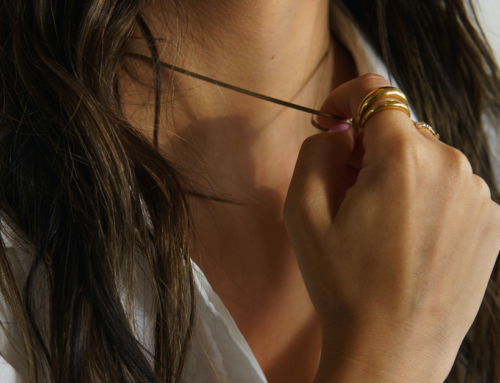Alopecia by definition is the absence of hair or balding. There are many forms of Alopecia (such as Alopecia Areata), however Traction Alopecia, is a form of hair loss that occurs as a result of hair maintenance and styling. There is good news and bad news concerning traction alopecia. The good news is that it is a preventable and treatable condition. Modifying the ways in which you handle and treat your hair or your child’s is one of several solutions to the problem. The bad news about traction alopecia, though, is that hair thinning and balding may have already occurred. In that case, some preventative steps are in order to ensure that no more damage is done.
Who Has Traction Alopecia?
Anyone can develop traction alopecia. The condition is caused by tightly pulling hair into a ponytail or braids on a constant basis. Brushing your hair while it is wet and unconditioned or just being very rough on it may be causing traction alopecia. Pulling the hair damages the hair follicle. The hair will re-grow. However, if you continue to damage the follicle over long periods of time, the hair may not re-grow. A study in the Journal of the American Academy of Dermatology, reports that 17% of African girls and almost 32% of African women develop Traction Alopecia.
Can I prevent Traction Alopecia?
Knowing you need to prevent something is the first step to making a change. The consequences of styling your hair in particular ways are not frequently discussed. However, there are some hairstyles that are harmful to the integrity of your hair. Many people style their hair in tight ponytails or braids to ensure that they stay in place throughout the day and night. Rather than pulling your hair into the same tight styles every day, perhaps consider varying the way that you wear your hair. Reconsider braiding your hair daily and wearing tight ponytails! At least a few times per week wear your hair down. Also do not forget to be a little gentler on the hair as it will surely appreciate it.
Can I treat Traction Alopecia?
For most women, traction alopecia occurs in the temporal region of the hair. This is often where the hair is pulled tightest, causing damage to the follicles. There are several treatment options that are available for traction alopecia. You can use topical creams and ointments to soothe affected parts of the scalp and stimulate hair growth. Although topical solutions may be helpful in the short-term, the most important change you can make is how you’re caring for your hair. Changing your styling routine is the way to make long-lasting change.
Stopping traction alopecia before it begins is vital. If thinning or baldness has already begun, consider purchasing a hair replacement system. A hair system is a way to have a thick, full head of hair while your natural hair is growing in. Purchasing a hair system is a decision that requires planning, consideration and even professional help to ensure quality. Traction alopecia may be occurring because of your preference for a particular hairstyle that causes unnecessary tension on your hair. Purchasing a system will allow you to have the style you want without causing the damage to your hair.
References:
Khumalo NP, Jessop S, Gumedze F, Ehrlich R. “Determinants of marginal traction alopecia in African girls and women.” Journal of the American Academy of Dermatology. 2008 Sep;59(3):432-8.
https://www.traction-alopecia.com/
https://www.ncbi.nlm.nih.gov/pubmed/1869467
https://www.justnaturalskincare.com/hair/loss_rinse_vinegar.html?gclid=CJjJwbyk164CFcbc4Aodlz5ZQw





